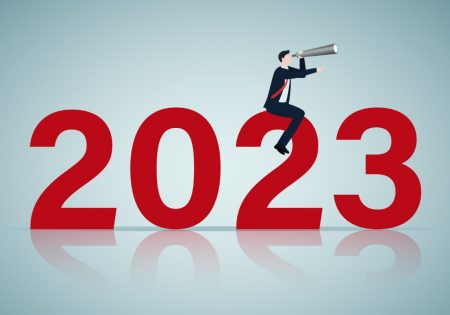Mixed March Data Portrays Investors in Economic Limbo
Easing the impact on savings rates was the fact that personal consumption expenditures were down by 7.5% during the month of March, according to the Bureau of Economic Analysis.
Personal income decreased by $382.1 billion, or roughly 2%, during March, according to the Bureau of Economic Analysis within the U.S. Department of Commerce.
Disposable personal income fell by $334.6 billion, also about 2%, during the month but, on the other hand, personal consumption expenditures decreased by a much more significant $1.13 trillion (7.5%). The bureau says the decline in March personal income and outlays was, in large part, due to the response to the spread of COVID-19, as governments issued stay-at-home orders.
Clearly, many consumers responded to the orders by restricting and redirecting their spending during the month. This helped to propel March’s personal savings volume to $2.17 trillion.
A separate analysis published by the Federal Reserve Bank of St. Louis also shows that personal savings rates grew during the month of March, and significantly. According to the data out of St. Louis, personal savings rates averaged 7.7% at the beginning of January. During the month of March, they jumped to 13.1%. Data is not yet available for the month of April, however, when the full economic impact of the coronavirus pandemic began to be felt by the vast majority of U.S. workers and consumers.
Meanwhile, Fidelity has released findings from an internal survey showing 36% of Americans are very or extremely concerned about their finances. Twenty-two percent said they or someone in their household has been furloughed or laid off. Thirty percent are very or extremely concerned about their health, and 15% said that they or someone they know has been diagnosed with COVID-19.
Those concerns have not yet translated to the suspension of savings, as the March data shows, but they could in the months ahead. For their part, so far only 8% of plan sponsors have either suspended or reduced their company match. Twenty-nine percent are considering doing so, though, while 63% say they will maintain their current match program. Ninety-six percent have adopted coronavirus-related distribution (CRD) options for at least one plan, according to Fidelity.
Another encouraging sign is that some 164,950 workers have taken such a distribution. This is obviously a sizable group of people, but in fact it only represents 0.7% of the individuals on Fidelity’s platform across both 401(k) and 403(b) plans. Of those individuals who have taken a Coronavirus Aid, Relief and Economic Security (CARES) distribution, more than 3,000 have requested the maximum $100,000.
Fidelity further finds most retirees are holding steady, though one in three report feeling more stressed about maintaining their nest egg through retirement.
You Might Also Like:

Crossmark’s Doll Projects Long-Predicted Recession to Materialize in 2024

Doll Scores 50/50 on 2023 Predictions
